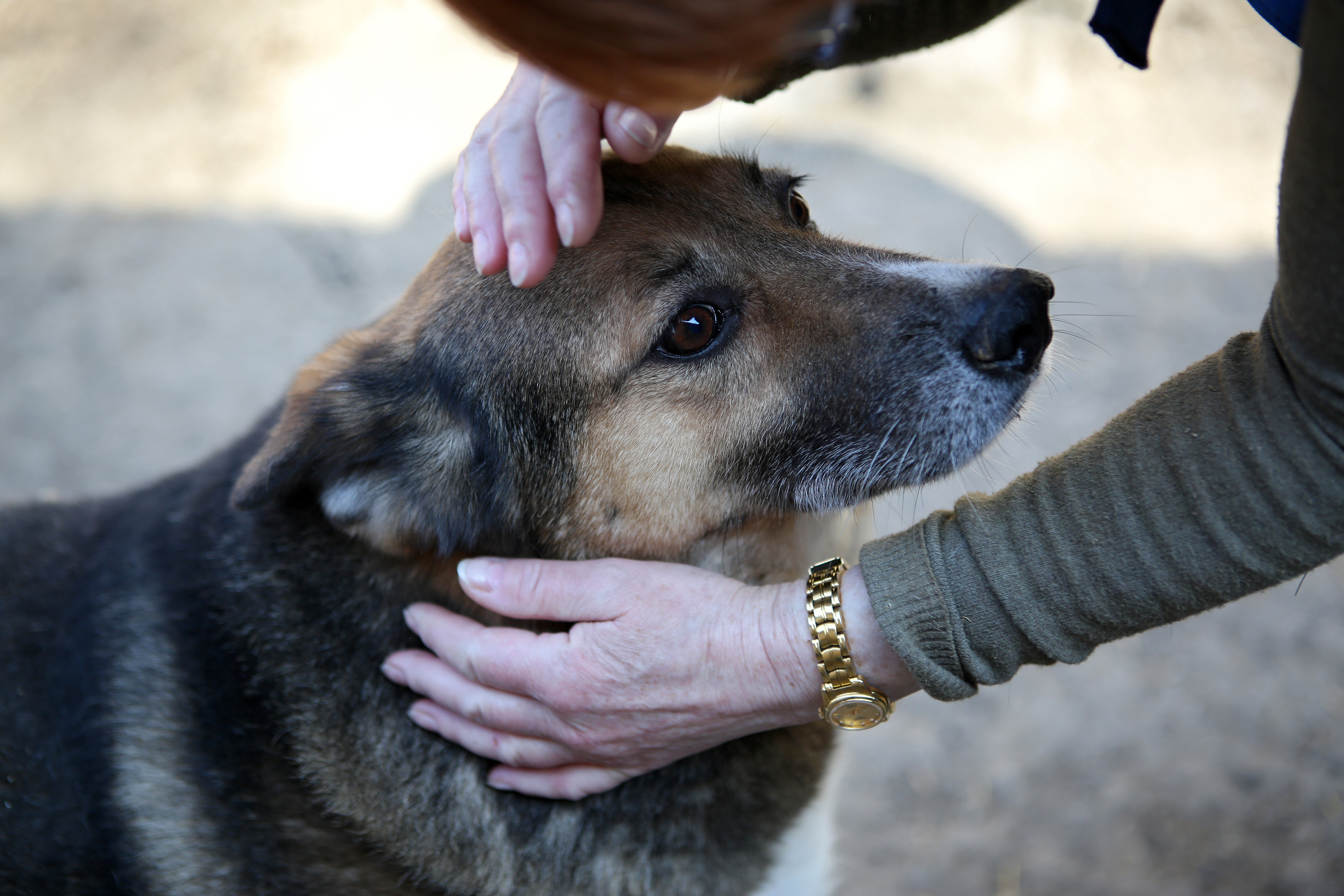
Just this week, I’ve run across no fewer than three separate situations in which someone had found a dog and was considering what to do with it. One person was concerned with how well the dog was getting along with her own dog and how the relationship would work out long-term; another wanted to know if anyone was interested in adopting the dog she’d just found, or whether a rescue group might take him; and the third was holding on to the dog while the family decided if they wanted to keep him. Although all of those people were well-meaning, it has to be said: It’s not your dog!
It’s a noble thing to rescue a dog. Taking a dog off the streets can prevent him from being hit by a car, being attacked by other dogs or wild animals, or slowly starving to death. But none of that takes into account the fact that the dog might actually belong to someone. An owner or even an entire family might be heartbroken, relentlessly driving the streets day after day looking for their dog, wondering what’s become of him and imagining the worst. They may be searching their local shelter, which is where most owners look; but they’ll have no luck, because he isn’t there.
Any found dog should be scanned for a microchip. Most veterinary clinics have a scanner and will be happy to help. But even if no chip is found, that doesn’t mean there’s no owner; it just means the dog hasn’t been chipped or, as happens in some cases, the chip has migrated, making it difficult to find. Likewise, a lack of ID tags could mean the tags got snagged on a fence or bushes as the dog went by, and were pulled off. Even a collar could get caught on something or slipped out of, especially if it wasn’t fitted tightly enough. (If there is a collar, check for a phone number printed directly on it. I almost missed this on a stray dog I rescued recently.) A lack of microchip, tags, or collar still does not mean there is no owner. Another common no-owner assumption occurs when a dog not only has no identifying information, but looks bedraggled. Surely the poor dog has been neglected or dumped, right? Wrong! While that could be the case, very often a dog has been on the streets for some time, resulting in a dirty, unkempt appearance.
Look, I understand the hesitation to bring a found dog to a shelter. No one wants to think of a dog being in a loud, frightening, unfamiliar place. Contracting illness is another concern (although the most common, kennel cough, is easily treated with antibiotics). But the most common fear is that the dog will be immediately euthanized. While it’s true that in some areas shelters do have high euthanasia rates, there are laws requiring them to hold a dog for a prescribed period (for example, five days) to give owners time to find their lost pet. If you’ve found a dog and are interested in adopting or fostering until a home or rescue can be found, you can fill out a CTA (Commit to Adopt), which gives you first dibs should the owners not show. And, by the way, the shelter should be the one nearest where the dog was found, as driving the dog to a “nicer” shelter in another area would likely prevent the owner from finding their dog.
If the shelter has a book of Found Dog flyers, leave one there. While the dog is at the shelter during the holding period, take steps to find the owners. Flyers should be posted all over the area where the dog was found. A flyer with a photo should be faxed to area vets and groomers and given to postal and delivery workers, as they may recognize the dog. The flyer should also be posted on social media sites. Most cities and even neighborhoods now have local Facebook groups for lost and found dogs. The digital communities Nextdoor and Ring should be posted to as well. Be sure to include a photo in online posts. Also, most newspapers will allow free Found Dog ads. If someone calls, you can let them know the dog is at the shelter. If you intend to hold on to the dog for a few days before bringing him to the shelter (although you really shouldn’t), be sure, whether in a flyer or ad, to withhold some identifying information such as markings or collar design so that whoever calls must supply it. Unfortunately, there are people who will try to take advantage of an opportunity for a free dog.
Again, no one wants to bring a dog to a shelter, but it is the dog’s best chance at being reunited with his family. Many shelters have an excellent group of volunteers who network with rescues and do everything they can to find dogs homes, so even if the owners don’t show up, many dogs still have a good chance at adoption. And, if no one claims the dog and you do want to keep it, you can rest easy knowing you did everything to find the owner before giving the dog a forever loving home.
_____________________________________________________________________________________________
Subscribe above to be notified of new postings. Nicole’s books, seminar DVDs, and blog can be found at www.nicolewilde.com. You can also find Nicole on Facebook and Twitter and in Santa Clarita, CA running Gentle Guidance Dog Training .



 Posted by wildewmn
Posted by wildewmn 